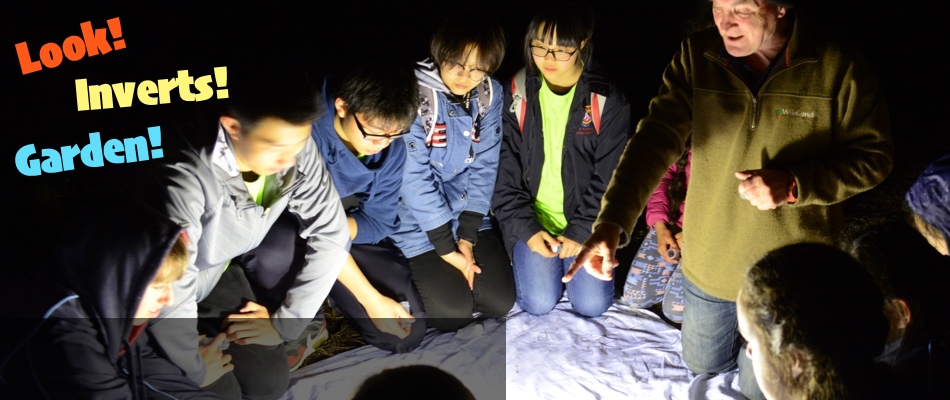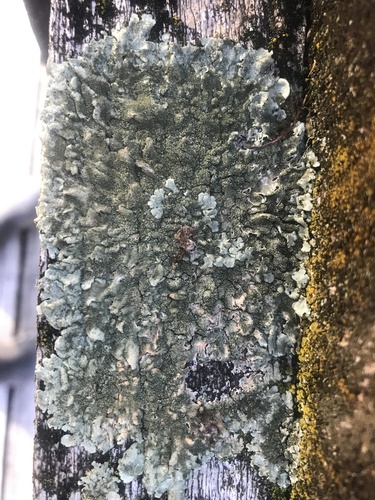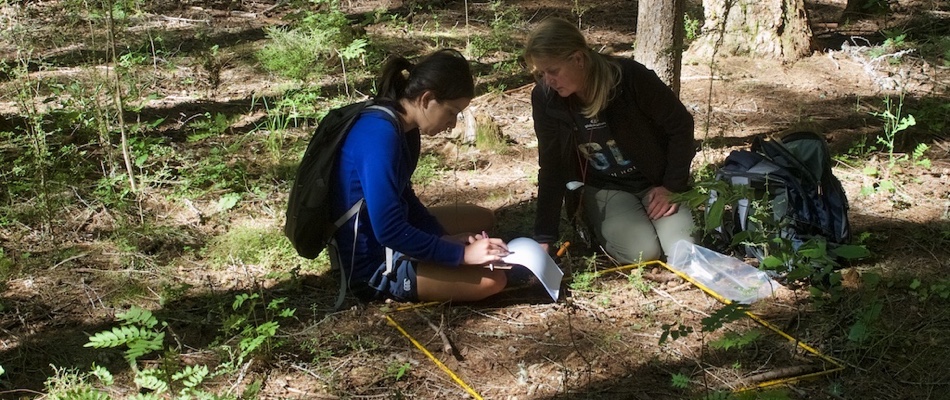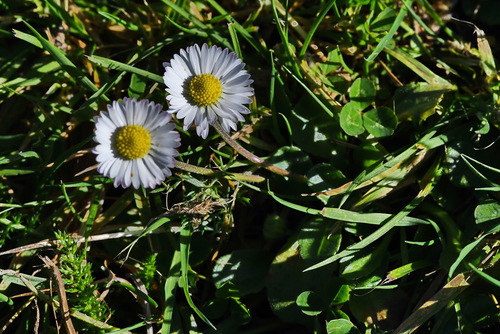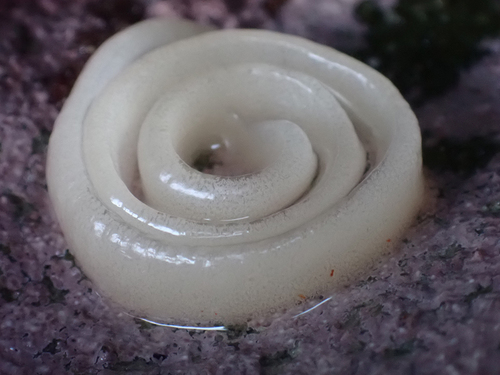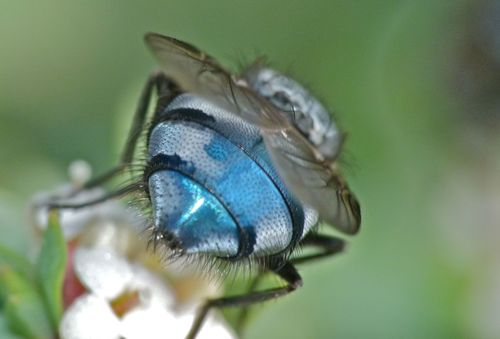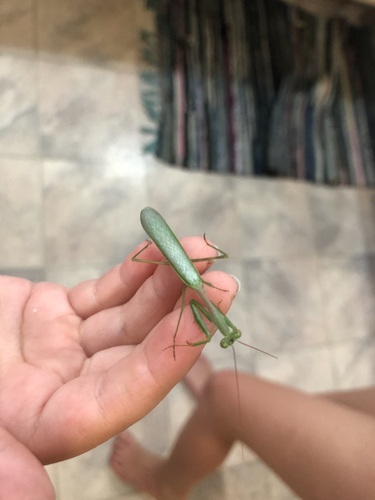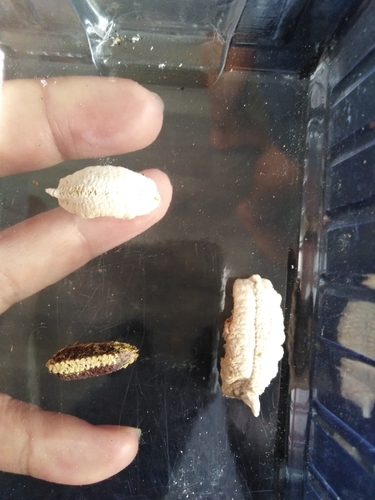City Nature Challenge versus StayiNatHome
If you've been closely following this long weekend's City Nature Challenge (in NZ or globally), you'll know that New Zealand's official entries into the global City Nature Challenge this year are Dunedin, Christchurch, and Auckland. We're also running our #StayiNatHome project throughout NZ's Level 4 lockdown for all of Aoetearoa-New Zealand.
How, you might ask, are NZ's City Nature Challenge cities performing in comparison to the rest of #StayiNatHome?
Here's the answer to that question, and how you'd get it.
These numbers are going up all the time so this is just a Sunday morning snapshot of where things are at half way through the City Nature Challenge. Clicking on any of those links above will give you the latest numbers.
NZ's City Nature Challenge cities
As of right now (10 AM Sunday morning), New Zealand's three City Nature Challenge cities are at a total of 3,585 observations of 1,110 species observed by 247 people and identified by 180 people. It's a great start!
Ōtautahi/Christchurch is currently leading the charge with 1,599 observations of 608 species observed by 86 people.
Ōtepoti/Dunedin is close behind Christchurch with 1,290 observations of 551 species observed by 59 people.
The Auckland region has more people out observing but doesn't yet have as many keen super users as Christchurch or Dunedin. Auckland is currently at 704 observations of 402 species observed by 102 people.
The most observed species are so far the cabbage tree and the house sparrow, which seems like a pretty accurate assessment of New Zealand's cities.
Seven users in these cities have made uploaded than 100 observations, including @meurkc, @hedgehog111, and @ginakahikatea in Christchurch, and @ruth103, @daturademon, @david_lyttle, and @john_barkla in Dunedin. @jack4 is the top Auckland observer so far with 74 observations.
Eight iNaturalist NZ users have made more than 100 identifications NZ's City Nature Challenge cities: @lloyd_esler, @dave_holland, @tripleaxel, @cooperj, @hedgehog111, @wild_wind, @skipperdogman, @davidorlovich. Lloyd Esler is in Invercargill too. It's been a fantastic effort by all identifiers and we're all very grateful.
The rest of NZ on #StayiNatHome
The rest of New Zealand on #StayiNatHome, during the same time period (Friday to Sunday morning), have made a total of 882 observations of 514 species observed by 209 people and identified by 93 people. So, of all the observations made in NZ so far over the City Nature Challenge weekend, 80% have been made in Dunedin, Christchurch, and Auckland.
There's lots of action still to come
The City Nature Challenge cities are putting in a fantastic effort so far, adding New Zealand's contribution to the global stocktake of species in the global City Nature Challenge.
Dunedin, Christchurch, and Auckland together make up about 42% of the NZ population, so it's great to see the buzz around the City Nature Challenge getting people in these cities out observing above and beyond #StayiNatHome.
We're still only just over half way through the City Nature Challenge so there's a lot more that's about to happen, and it's still important to spread the word and get more people involved. If you want some tips on what to look for in your garden, check out our 20 minute garden challenges.
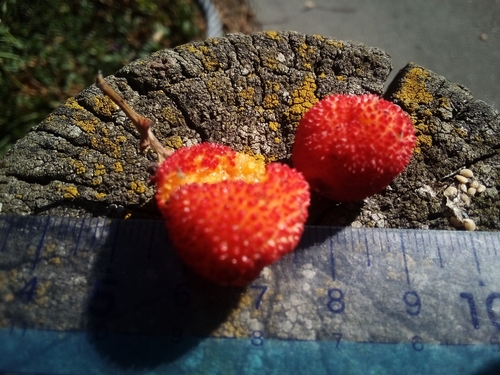
@sam798 uploaded a photo of these berries to iNat NZ for identifications. They're now known as Corona berries to his kids because they "look like exploded views of covid19". @bradcadwallader was the first to identify them as fruit of the strawberry tree, Arbutus unedo.
Extra: Tips on searching on iNat NZ
I mentioned that I'd both tell you the answer to the question "how are NZ's City Nature Challenge cities performing compared with #StayiNatHome?", and also show you how to get that answer. Here's the "how" part.
This is for the keenest iNat users out there. If you only interact with iNaturalist NZ via the free iNaturalist app, you might want to stop here.
It involves the Explore page of the iNaturalist NZ website (not the app). That's where you can go to search for (and download) iNat observations.
When you first load the Explore page, you'll see a box for Species and a box for Location. If you've used this before, you'll know that you can type in a Species and/or a Location and you'll be shown all the iNat observations of those species at those locations. Handy.
It gets better. Note that there's also a grey Filters box. Tap on that and you'll find more options for your searches. For example, you can search for just Captive (=cultivated) observations, or just Your Observations, or just observations made between a start and end date. Note that there's also a Download button in the Filters box to download the results of any search as a spreadsheet.
In the Filters box, there's a blue "More Filters" link. Tapping on that expands the Filters box to show even more options. For example, there's Photo Licensing so you can search for observations with photos that you would be able to use off iNat (with appropriate acknowledgement of the photographer). There's also Person, Project, and Place.
So, to find all of the observations from our StayiNatHome project made during the City Nature Challenge (24–27 April), I can use the Filters box to search for observations in the Project "StayiNatHome NZ" with a start date "2020-04-24" (there's a calendar to choose from) and an end date "2020-04-27".
The website address (URL) in my browser for that search is "https://inaturalist.nz/observations?d1=2020-04-24&d2=2020-04-27&place_id=any&project_id=stayinathome-nz&subview=grid".
But wait! There's more! There's a lot more to iNaturalist than you see at first glance. It's one of the great things about iNaturalist. It keeps its user interface elegant and simple but you can dig deeper and access a lot of power. For example, there are a lot more ways you can filter your iNaturalist searches than are displayed on the Filters box. To access these, you need to directly add text to the website address and reload.
There's a wiki page on the iNaturalist Forum listing all of the additions to the iNat Explore website address URLs. The trick I used to answer our question is the "¬_in_place" option. Adding that, along with the IDs for the places in iNaturalist NZ for Dunedin, Christchurch, and Auckland, lets me refine my StayiNatHome search to only display the observations on StayiNatHome that have not been made in Dunedin, Christchurch, and Auckland.
I added "¬_in_place=129542,40501,8345" to my StayiNatHome search, after going to the iNaturalist NZ Places page and looking up the place IDs for Dunedin (ID 40501), Christchurch (ID 129542), and Auckland (ID 8345). You can see a place ID, for example, by clicking on the "Embed place widget" link and looking at the place ID in its web address.
So website address (URL) for my new search is "https://inaturalist.nz/observations?d1=2020-04-24&d2=2020-04-27&place_id=any&project_id=stayinathome-nz&subview=grid¬_in_place=129542,40501,8345". It displays all the observations from the StayiNatHome project made bewteen 24–27 April that were not made in Dunedin, Christchurch, or Auckland.
There you go! Now, back outside with us all to find more garden critters.





